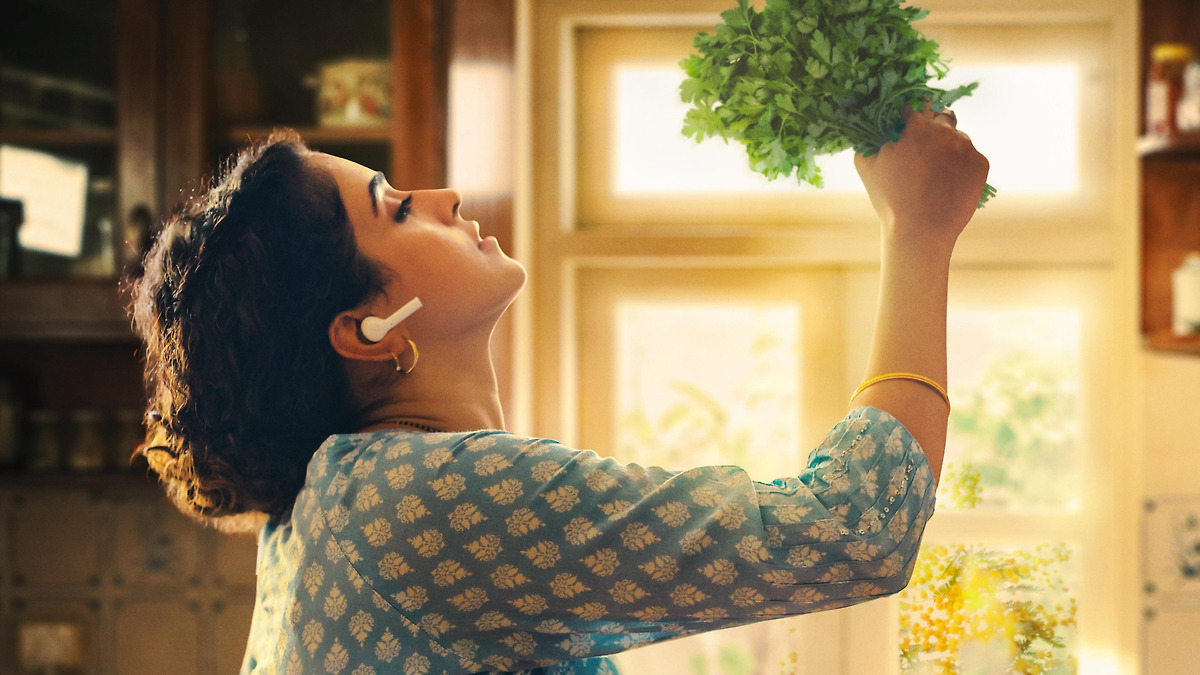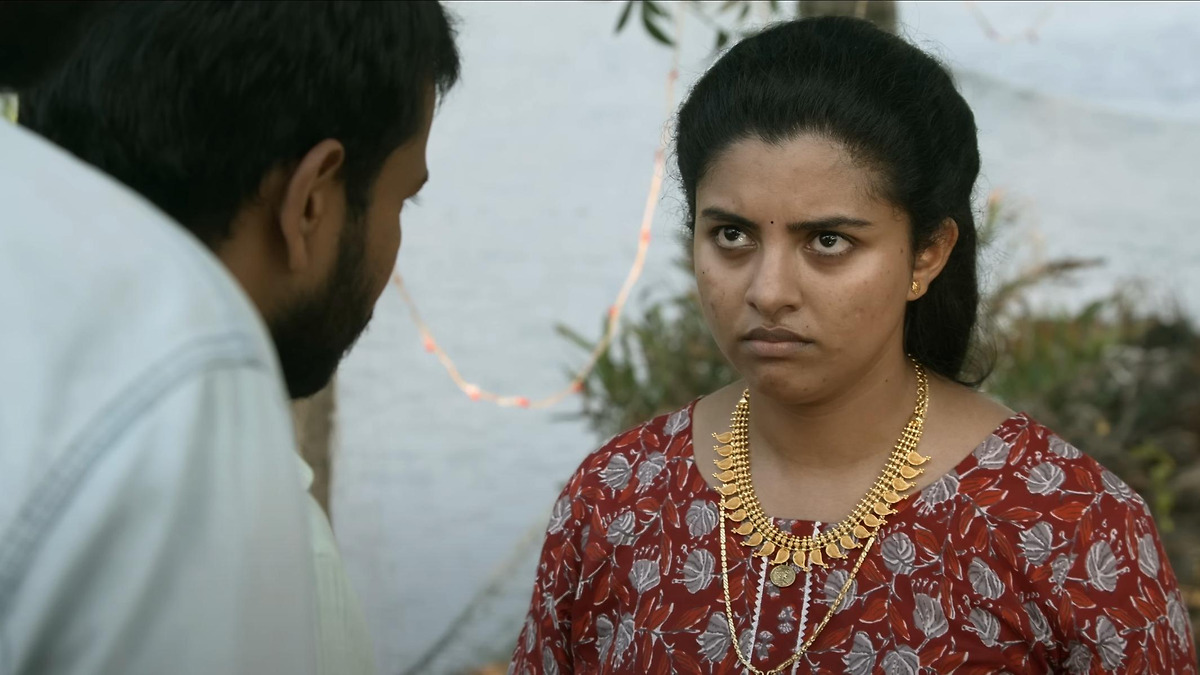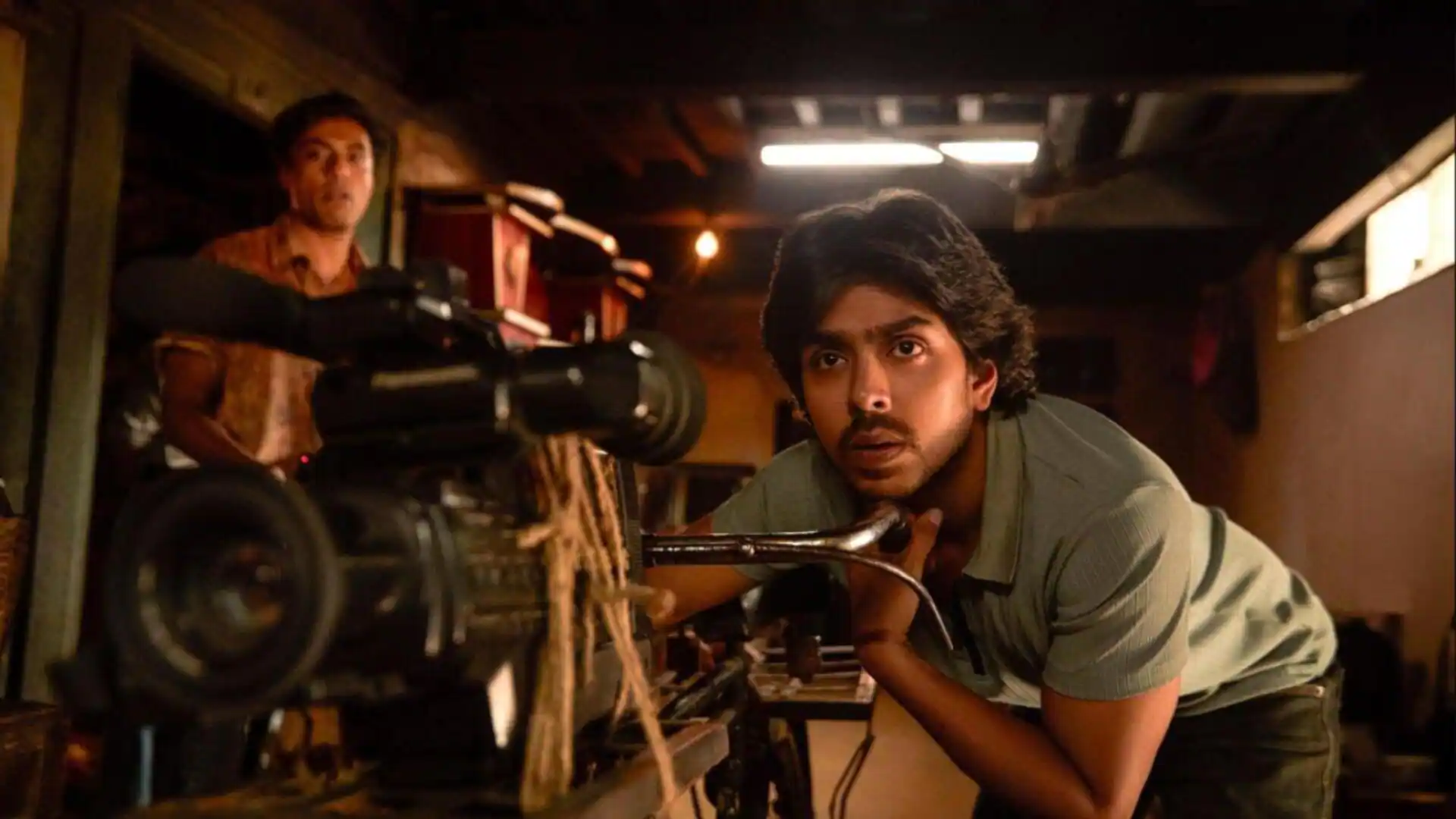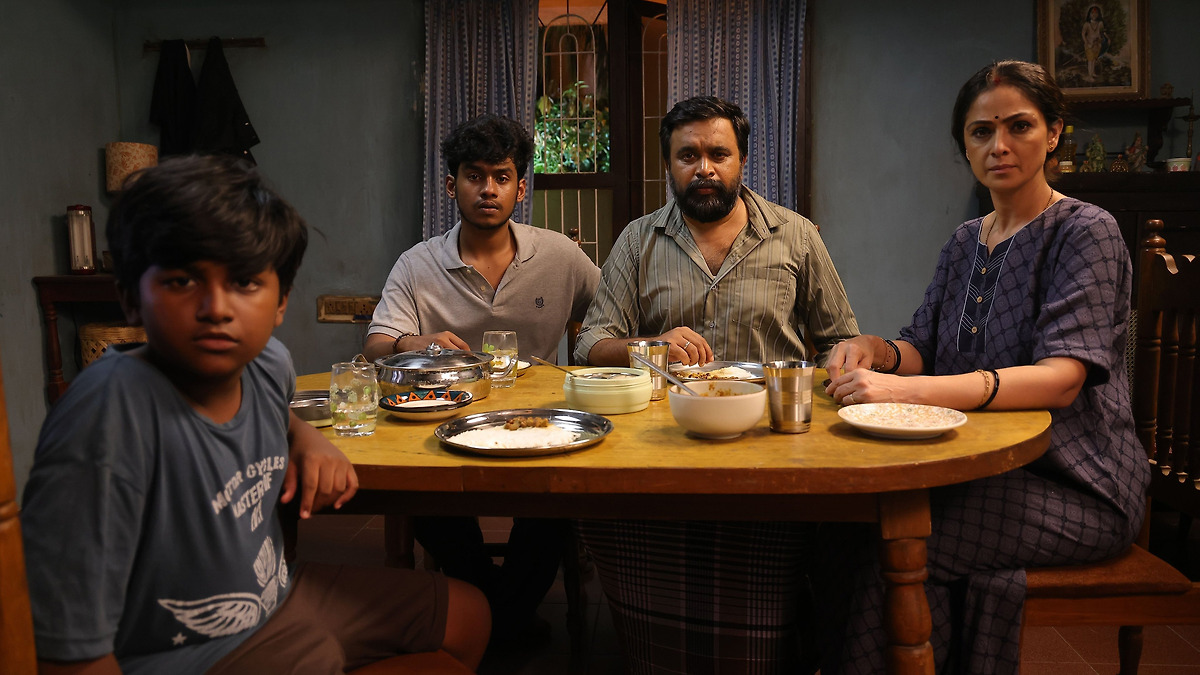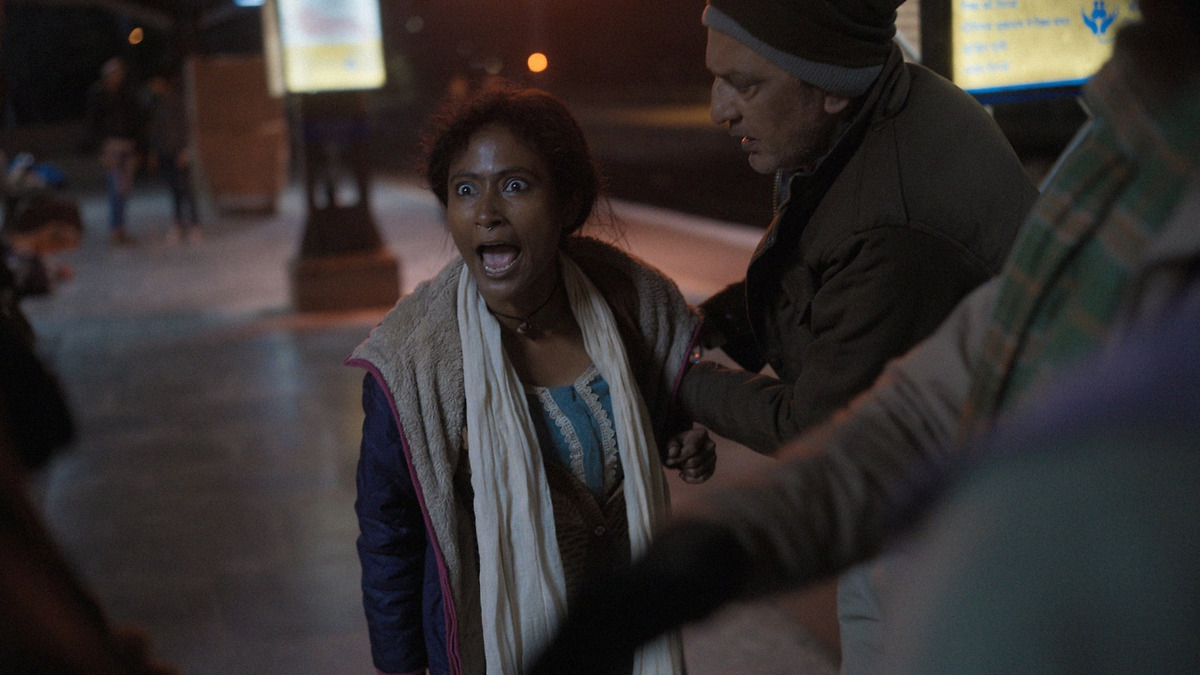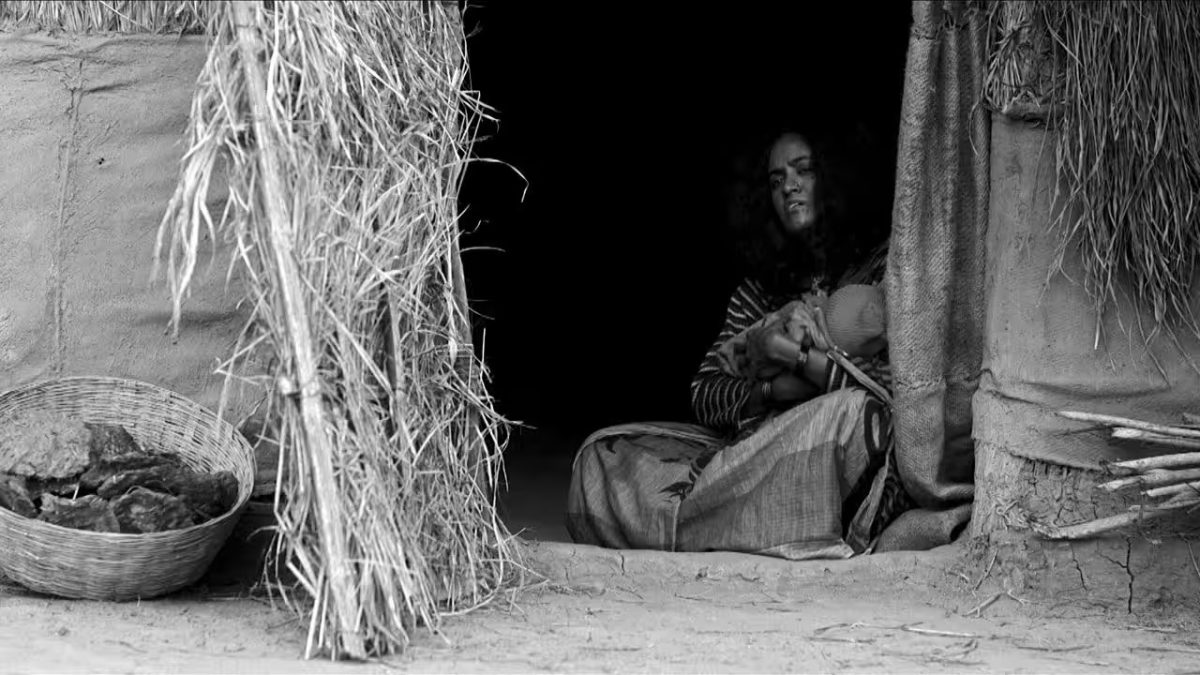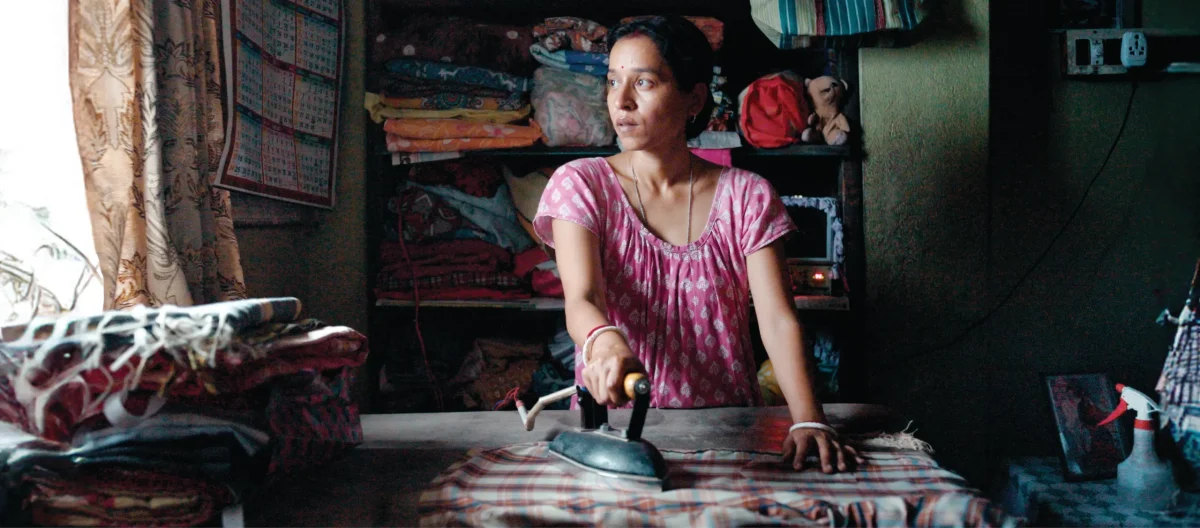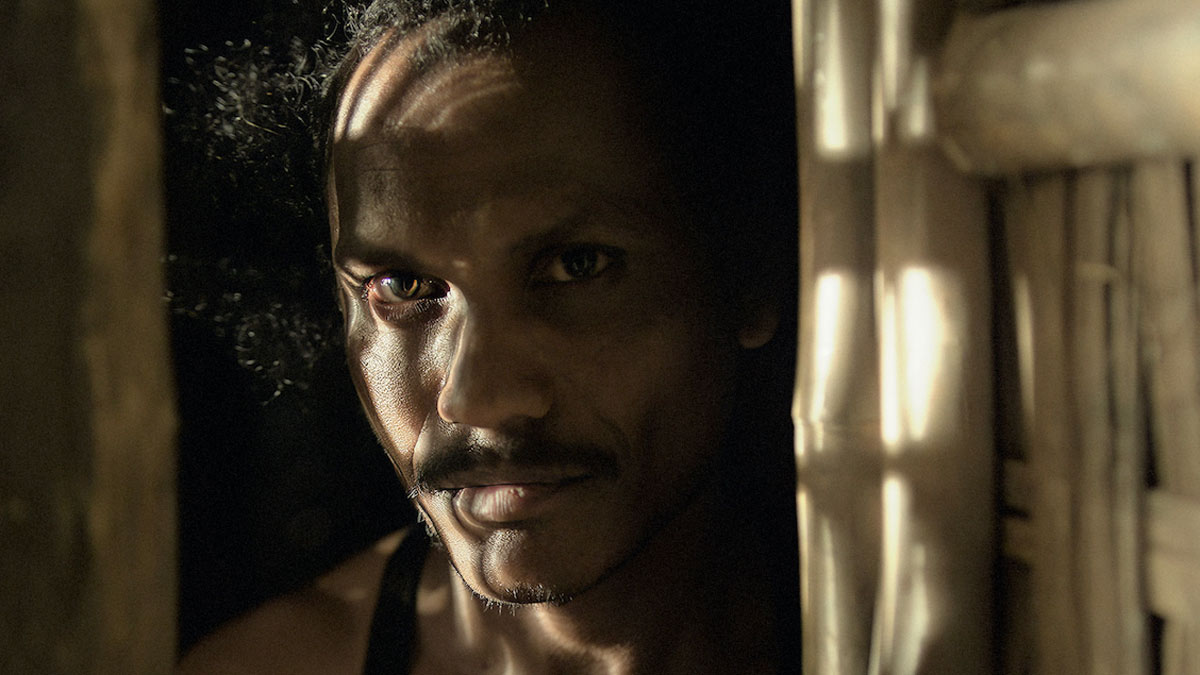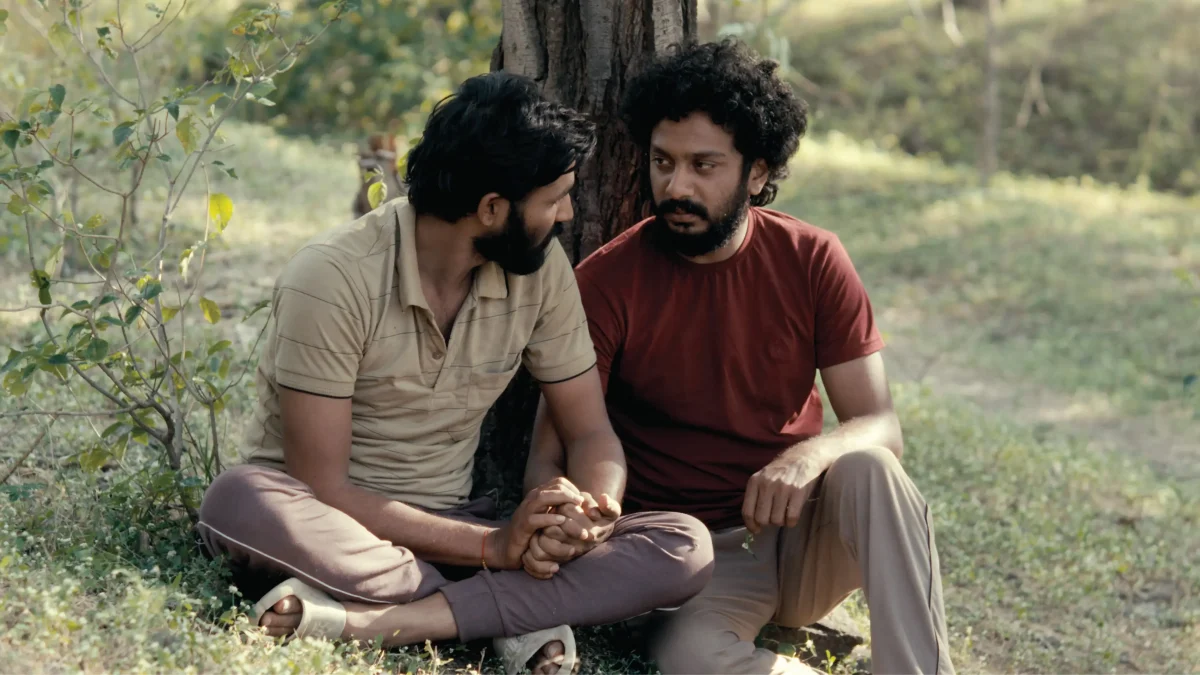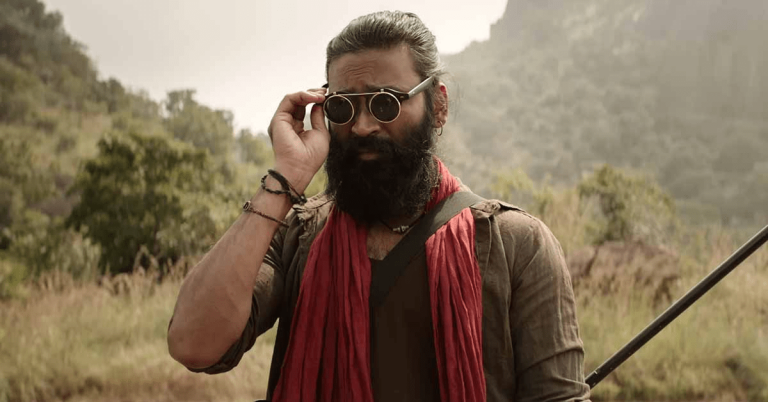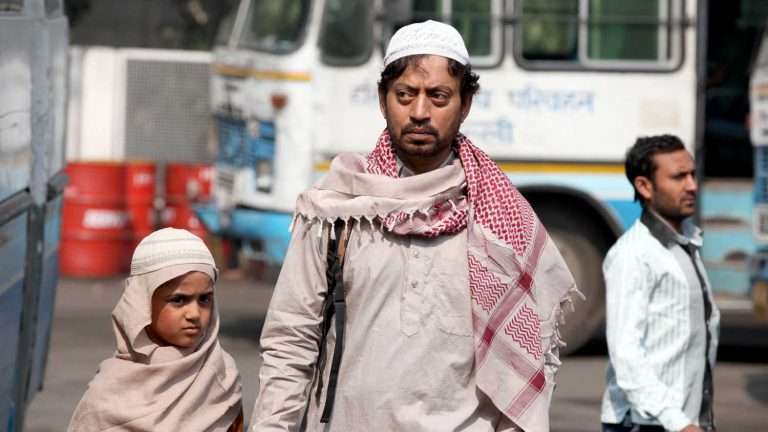To write about the best Indian movies of the year—another year that echoes the same patterns which seemed to kickstart this decade for us as a nation—is less about what’s merely ‘available to watch’ and more about what truly belongs to this year, and needs to be marked. The state of both theatres and streaming is not just dispiriting but actively disheartening. Single-screen cinemas across the subcontinent are all but extinct.
The State keeps pushing its threadbare narratives in film form faster than China exports its goods. Meanwhile, soulless mediocrity churned out by ‘seasoned’ stars floods the Fridays without pause. The star-kid machinery has turned into a trans-ideological crisis—if the production house doesn’t get its faces, the film won’t get made. Re-releases, once nostalgic novelties, have become the norm, as if there’s simply nothing left to show. The surge of blandness is now bleeding into a deeper, more fatal kind of ordinary.
And yet—don’t take this the wrong way—a moment of mainstream artistic drought like this comes with its own heady pleasures, especially for an enthusiast who isn’t here to nitpick. Independent filmmakers with mainstream ambitions are rolling up their sleeves. A new generation is making work that reeks of raw brilliance. In a time when direct socio-political critique is under such close surveillance that even its existence feels like a win, it’s the subtlety that has resulted in some of the most lyrical, emotionally intelligent depictions of the human condition we’ve seen in years.
A few gold-standard directors from the past decade have carried that fire forward, too—dreamers whose films still feel like dreams manifesting, even as we keep looking outward for cinema that makes us ‘feel seen’. There’s no proper cue for it yet, but “Homebound,” Neeraj Ghaywan’s Cannes Un Certain Regard nominee with Scorsese as executive producer, remains—at least for this writer—an awaited memory.
So here it is: a list of the best Indian films of the year so far. Many of these are less like films and more like flavours—and rightly so, since a large number are debuts, intelligent and gorgeously rough-edged ones at that. They’re not just new films but cultural landmarks, brimming with rootedness and fire that would be near impossible to replicate without that raw, first-time hunger.
Of course, there will be complaints—translation always loses something, both in writing and in what the reader makes of it. Still, if the aim here is to offer an assured, lived-in list of recommendations, consider this a start. And reciprocate—send some our way, too.
10. Mrs.
Jeo Baby’s breakthrough Malayalam film “The Great Indian Kitchen” struck a nerve not just because it provoked conversation, but because it wedged the idea of a woman’s emancipation from the creaking jars and steel containers of her own kitchen, turning the perceived mundanity of domestic life into a quiet horror show. Arati Kadav’s “Mrs.”, a direct Hindi adaptation, softens the tone and leans into the everyday lightness of domesticity through the familiar grammar of Hindi cinema—but crucially, not in the way most Hindi films would.
Framed as a warm, lived-in portrait of a middle-class joint family, the film redirects its gaze towards the physical fatigue, mental abrasion, and quiet psychological toll experienced daily by its protagonist, Richa.
The triumph here is how Kadav carries forward the raw defiance of the original into a more mainstream register without defanging it in the slightest. Her storytelling is sparse, economical, and rooted. And Sanya Malhotra delivers a richly internal, moving performance—fully inhabiting a woman quietly clawing her way out from under the weight of expectations that should’ve long since crumbled into irrelevance.
Check Out: Interview with Sanya Malhotra
9. Bokshi
On screen—if not always on paper—Bhargav Saikia’s “Bokshi” is as campy as it gets. The film frequently undercuts subtlety in both writing and editing, and much of its foreshadowing leans unapologetically into pulp. It’s also not entirely original—not because it pulls from historical relics or mythological beliefs, but because it wears its love for postmodern horror cinema on its sleeve, from the opening frames to its climactic shot.
And yet, the bold aesthetic groundwork laid by Saikia and screenwriter Harsh Vaibhav, paired with the stunning visual design by cinematographers Sidharth Sivasankaran and A. Vasanth, ensures that what might’ve been petty contrivances in a lesser film end up building the entire theological wall of this one.
“Bokshi” is ambitious, unsettling, and deeply invested in using the strict codes of a so-called well-mannered world to poke at older, buried fears, particularly those surrounding feminine solidarity in the face of collective dismissal and oppression.
Powered by nuanced performances from Mansi Multani and Prasanna Bisht, the film succeeds largely because of how sharply it frames the spectrum of subjectivity and belief wrapped into the word myth—a term often flattened into lie by patriarchal conditioning, in the same breath that it discredits trauma or queerness. Without ever feeling overstuffed in its two-hour-plus runtime, or pushing superstition for the sake of it, “Bokshi” becomes exactly what it sets out to be: a genre film with a heart, and a brain wired to dig.
8. Ponman
More than a social or economic issue afflicting women, dowry—for men—often becomes an endless spiral, eating away at mental peace and livelihood. “Ponman” paints a stark, compelling portrait of this masculine conditionality.
It’s charming, funny, and effortlessly gripping—a clever orchestration of clashing survival instincts. You root for one man as he squares off against his nemesis, a towering bully of a figure. But no one here is exactly wrong. The true villain is the broken backdrop: a fragile system that normalizes the demand for gold and leaves underprivileged families helpless in their inability to pay.
Based on GR Indugopan’s 2021 novel Naalanchu Cheruppakkaar, the film marks the directorial debut of acclaimed production designer Jyothish Shankar, and that background shows in how vividly the spaces and settings are built. When Anurag Kashyap praised Basil Joseph as “one of the coolest everyman actors we have today,” he wasn’t exaggerating. As the titular “gold” man, Joseph dissolves into the narrative with a quiet, intuitive brilliance, sculpting the film’s heart without ever drawing attention to himself.
More Related to Best Indian Movies of 2025: Ponman (2025) Movie Review
7. Superboys of Malegaon
The inspiring tale of macro-dreams nestled within the micro-aspirations of Malegaon’s scrappy filmmakers had already struck a delicate rhythm in the original documentary, where medium and message blurred with effortless grace. Over a decade later, Reema Kagti’s adaptation doesn’t try to reinvent that spirit—it reimagines it, giving those dreamers the full-bodied Bollywood treatment they always deserved. “Superboys of Malegaon” is light on its feet, achingly sincere, and soaked in a sepia-tinged warmth that’s impossible to resist.
Varun Grover’s screenplay feels especially personal. For a writer who’s long insisted that seeing yourself in a story is the most inexcusable principle of storytelling, this feels like his own journey folding into theirs—a quiet knot tying him to these passionate, makeshift moviemakers chasing light through the cracks.
From the goofy charm of its humour to the fragile bravado of its characters, everything lands with graceful precision. The world-building doesn’t feel constructed. There’s no flashy tug-of-war between craft and content; they melt into each other. Where the writing gently probes the inner lives of characters like Shafique and Nasir, the direction hums with the quiet, heartfelt energy of a filmmaker simply writing a love letter to the very idea of making movies.
More Related: Faiza Ahmad Khan & Nasir Shaikh’s Cinephilic Legacy Finds Home In Bollywood & Beyond
6. Tourist Family
Telling a story about good people and their good families, who spread warmth and positivity wherever they go, is tricky terrain. It so easily slips into syrupy territory, veering toward a sugar-coated sanitization of every human value imaginable. “Tourist Family,” Abishan Jeevinth’s directorial debut, treads that familiar line.
The moments of communal unity, love, and humour are straight out of the Indian family drama playbook. But context, especially in mainstream cinema, is everything—and here, it hits hard. This is a story of Sri Lankan Tamil refugees who row their way from Jaffna to Rameshwaram, and whose pursuit of a better life quickly becomes a struggle for survival until the world around them begins to soften.
What makes the film work is that it doesn’t build its power on the weight of its politics. Instead, it leans into melodrama, humour, and humanism to frame a portrait of India as it should be: a living mosaic of dialects, cultures, and messy harmonies, unshaken by strife and small-minded differences. In today’s climate, to even imagine that feels radical—and quietly powerful.
5. Stolen
By the time we reach the final shot of Karan Tejpal’s thrilling, unexpectedly immersive debut, there’s a quiet sting in the face of Gautam Bansal—the bleeding ‘protagonist’—a hint of disappointment that his noble deed ended in futility. That very moment becomes the film’s key subversion: a jab at the urban saviour complex, undone not by failure, but by the absence of reward.
At its core, “Stolen” is a long chase—a survival thriller pitched between the state, two liberal urban elites plagued by guilt, and a volatile youth mob high on WhatsApp vigilantism. It tells the story of a tribal Bengali woman’s search for her kidnapped baby not by placing her at the center, but by folding her into the margins—mirroring her erasure—while the narrative barrels forward with the tension and propulsion of a road thriller. And crucially, instead of leaning on the novelty of its premise, “Stolen” commits to its politics. The film lays bare the ideological conflicts of its one-percenter perspective, refusing to let any of its characters off the hook.
With gripping performances by Abhishek Banerjee and Mia Maelzer, and lensed by first-time cinematographer Isshaan Ghosh with a fervour rarely seen in Indian thrillers, “Stolen” is far more layered than it initially lets on. It understands that, at its heart, this is a simple story about how kindness, when filtered through ego, class, and delusion, can boomerang. And it builds toward that truth with a stark, unflinching visual language that remains both sharp and gripping throughout.
Read: Stolen (2025) Movie Review
4. Swaaha
It’s not every day you come across a film where the form and content feel knotted together, and with such stark sensitivity. “Swaaha” is a monochromatic social horror about a family of Musahars—a low-caste community historically classified as “rat-catchers” in Bihar—living on the fringes of an upper-caste village in Gaya, and the fatal night of their separation that pushed their anguish into a cry loud enough to echo through the town. It feels only right, then, that the film unfolds in Magahi, a language spoken by nearly 20 million people across India, but rarely heard or acknowledged in intellectual circles.
Though it deals with themes of marginalisation, witch-hunting, and the brutalities that follow, “Swaaha” isn’t built to raise issues. It’s an atmospheric, haunting work—an explosion of frustration from lives whose caste identity is inseparably tied to their economic displacement. One of its sharpest moves is how it watches religion with a careful, critical eye, tracking the split between mainstream deities placed on pedestals and the gram-devatas, local gods reduced to shadowy presences at the village’s edges.
The film holds itself together not with plot, but with an unrelenting visual atmosphere—and that’s where it lands hard. The writing may not always aim for subtlety, but then again, the film never pretends to whisper. Its independent folkloric approach isn’t looking for gentle affirmation. It asks to be stared back at.
3. Baksho Bondi (Shadowbox)
What does it feel like to reconcile the persistent loneliness and sense of lacking in your life by clinging to the relationships you’ve chosen, however fragile or frayed they might be? Tanushree Das and indie cinematographer Saumyananda Sahi’s bruised, effortlessly moving directorial debut answers that question through a lucid, clear-eyed character study.
Maya is a woman who has, in some sense, chosen her poverty. She’s estranged from her own kin, in-laws are not even a memory, and she takes up odd jobs—tending chickens, working as a housemaid—to raise a son who’s already forced to act older than his years, while also caring for a husband, a former soldier, fractured by PTSD. It’s the kind of layered narrative that could have leaned on archetypes and still worked.
But Sahi’s writing instead roots the feminism of Maya’s solitary, hopeful existence in the contours of a specific, lived-in personality. In what might be the finest performance of her career, Tillotama Shome gives a turn that is heartbreaking and life-affirming in the very same breath. The way she draws out the resilience of Maya—never ornamental, never overstated—becomes a quiet lesson in how to exist in a world steered by the extremes of political and systemic indifference.
Check Out: Shadowbox (Baksho Bondi, 2025) Movie Review
2. Ghaath
Chhatrapal Ninawe’s debut feature, nominated for the Panorama Audience Award at the Berlin International Film Festival in 2023, has finally found its global audience now. Told through the shards of a broken mirror, the film follows a handful of characters navigating Naxal-affected zones in Gadchiroli, Maharashtra.
This liminal space bordering Chhattisgarh becomes the cinematic terrain, where geography and ideology bleed into each other. With a fractured narrative structure, the often-invoked “Jal, Jungle, Zameen” is subtly repositioned: “Jal” becomes the in-between, the bridge linking jungle and land, while the looming presence of armed and ideological conflict binds the disparate threads together into something more cohesive than an anthology.
Despite operating in such a politically charged terrain, Ninawe’s lens remains deliberately neutral. The toxicity of those trying to assert their supremacy is unmistakably shown, and violence is often portrayed as cowardly. But even then, each character’s stance remains anchored in the ground they stand on—no belief feels alien to the world they inhabit.
And as for the cultural moorings of the tribals and naxals? That’s where Ghaath quietly excels. It becomes a film shaped by its sound—the layered background score and sharply amplified dialogue crafting an immersive aesthetic, transforming what could have been a procedural into a haunting, deeply atmospheric political thriller.
Read More: Ghaath/Ambush (2023) ‘MAMI Film Festival’ Interview
1. Sabar Bonda
Winner of the World Cinema Grand Jury Prize (Dramatic) at Sundance this year, “Sabar Bonda” tells a story that, at least on the surface, feels like it aches all the way through: there’s forbidden sexuality, and so the kindling of a forbidden love; the setting is a small Maharashtrian village where social rigidity is treated like ritual; and the backdrop mourns the loss of a loving parent. But Rohan Kanawade—in his feature debut—approaches the personal-as-political with a tenderness that feels wholly his own.
Reframing the trope of the city slicker returning home, Kanawade examines the social architecture of love by placing it squarely within the boundaries of kinship and custom. In a humanistic stroke, the quiet romance between Anand and his childhood playmate Balya might not even register in the minds of their respective families, not out of regressive ignorance, but because the story is more interested in the grace of blissful unawareness.
The film’s strength lies in its ability to sit still within that emotional space. “Sabar Bonda” is as warm and sappy as the titular cactus pear fruits, but never fragile. It doesn’t shy away from the politics of identity and kinship, yet it does so without sneering at the hold that religion and family have over people’s lives. That quiet refusal to condescend makes this a rare and possibly first-of-its-kind film.


